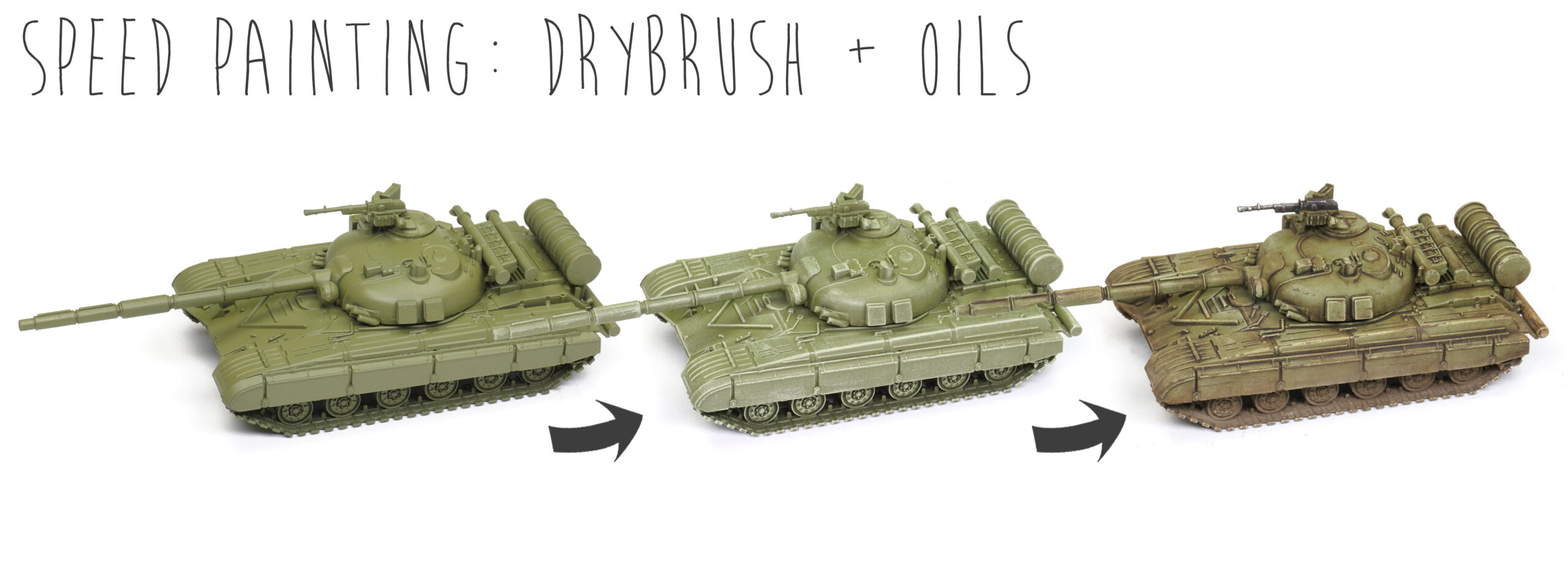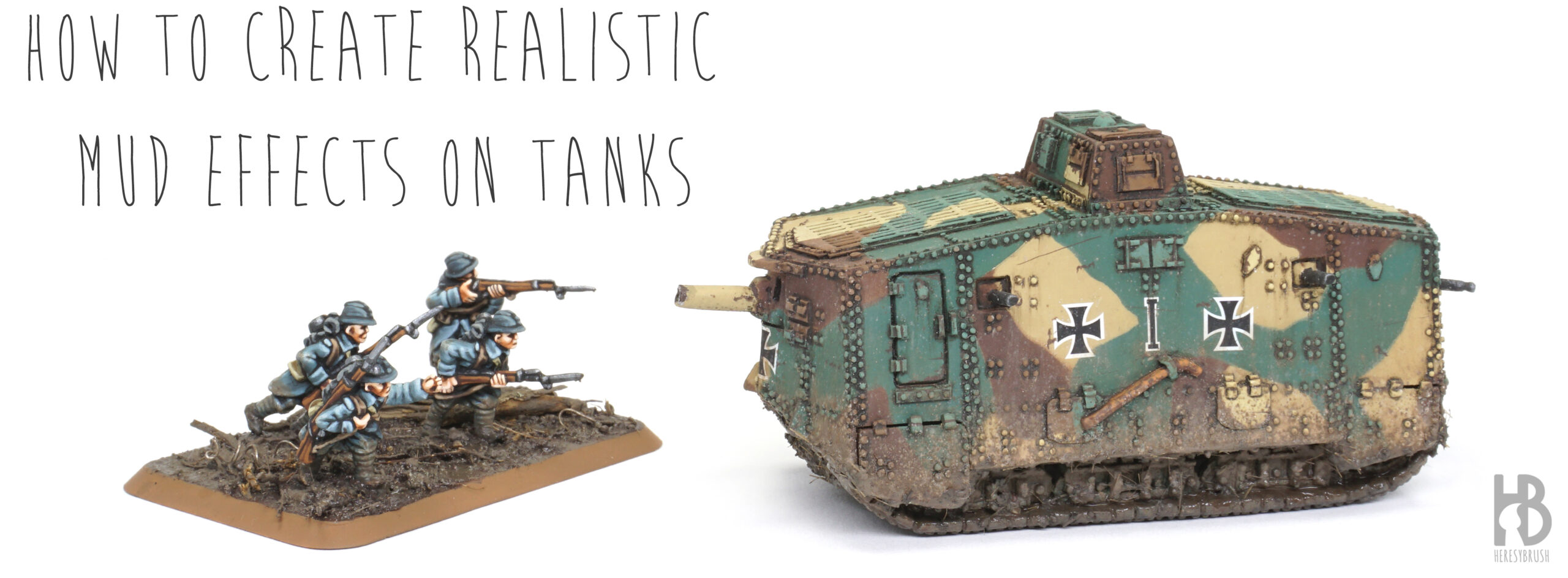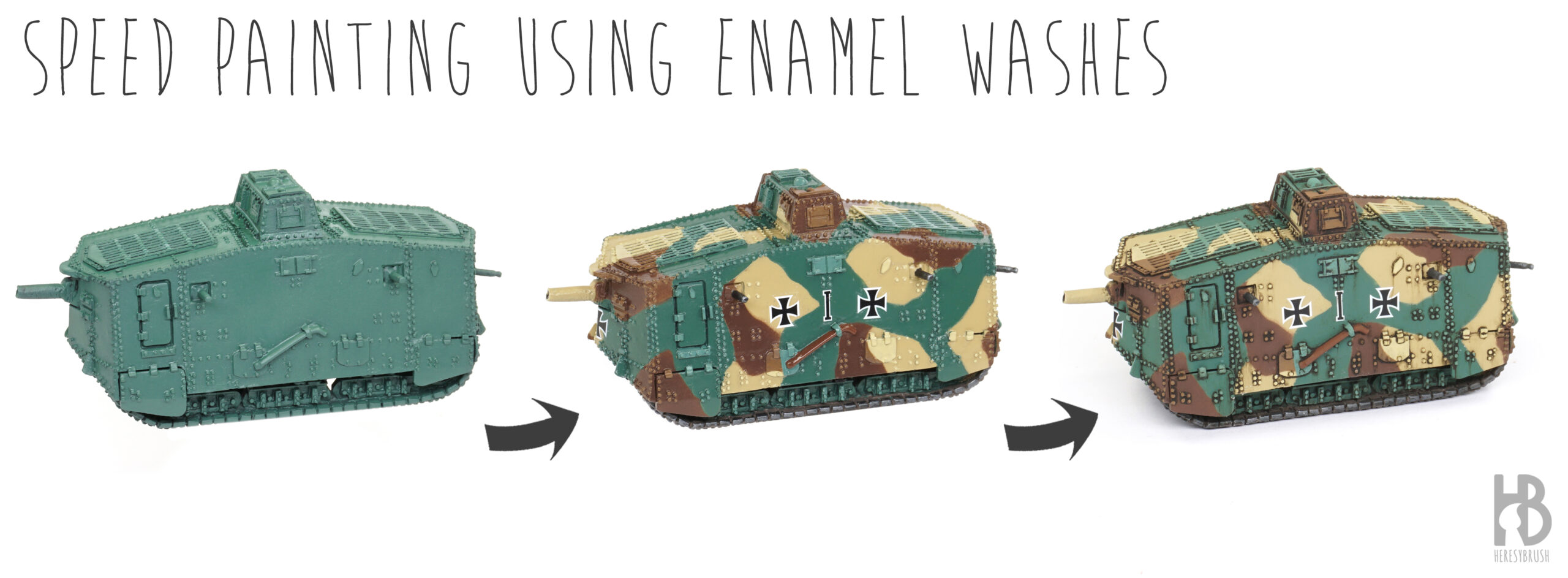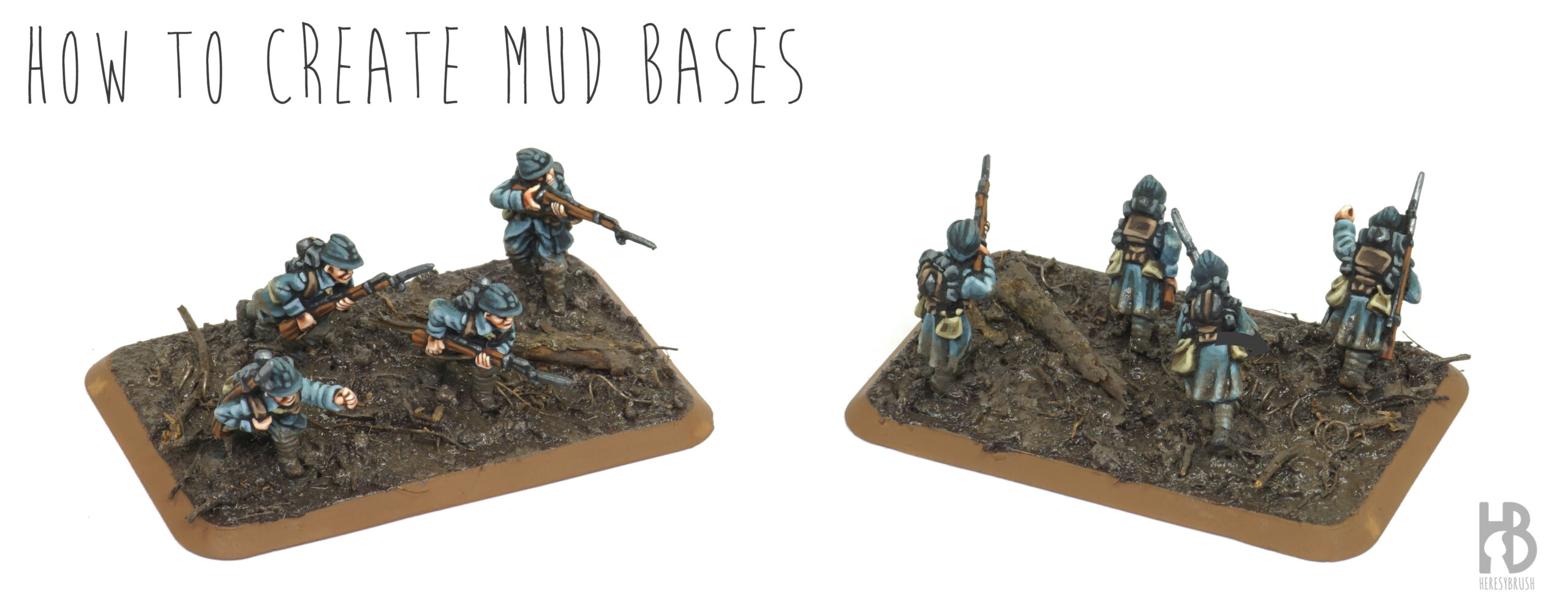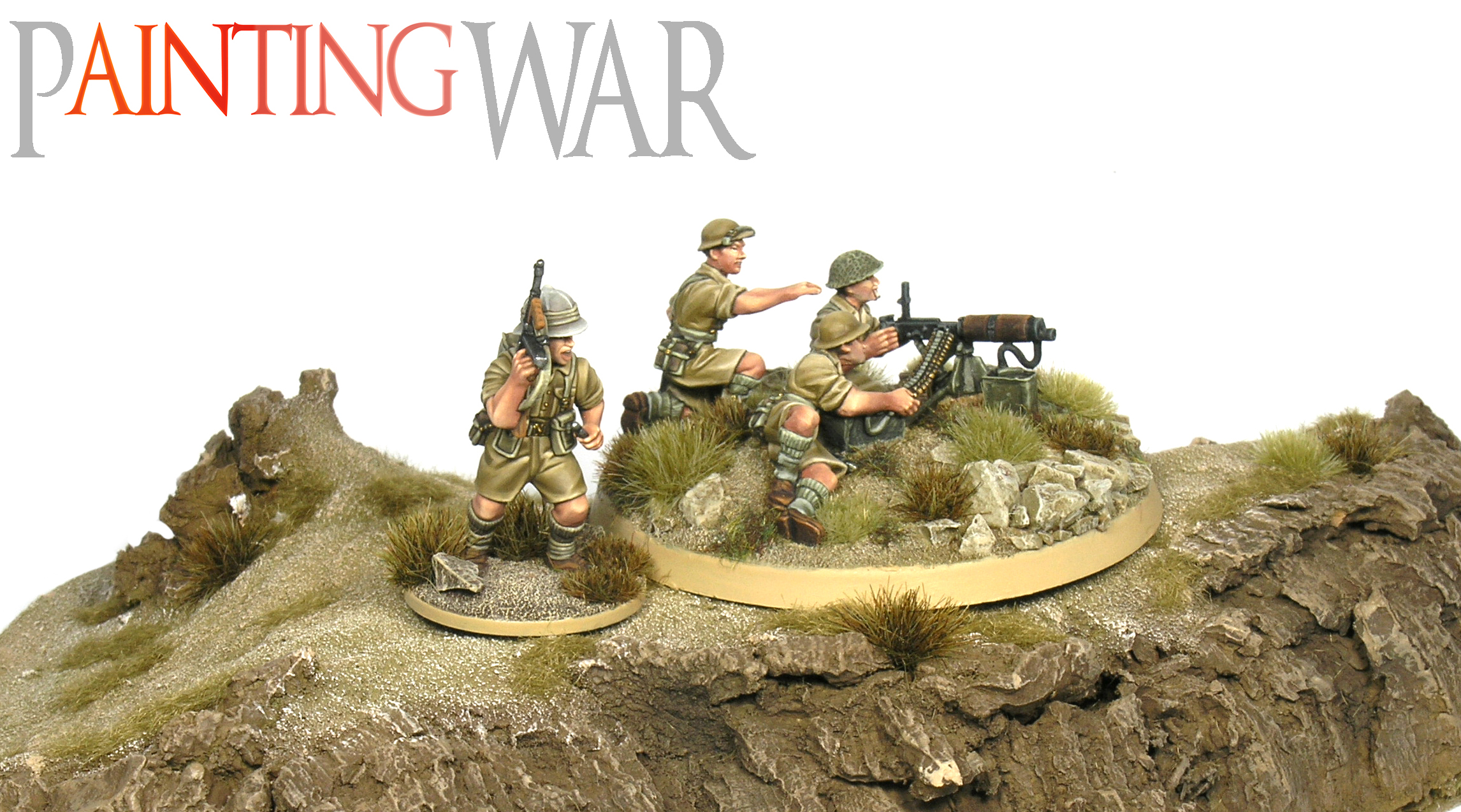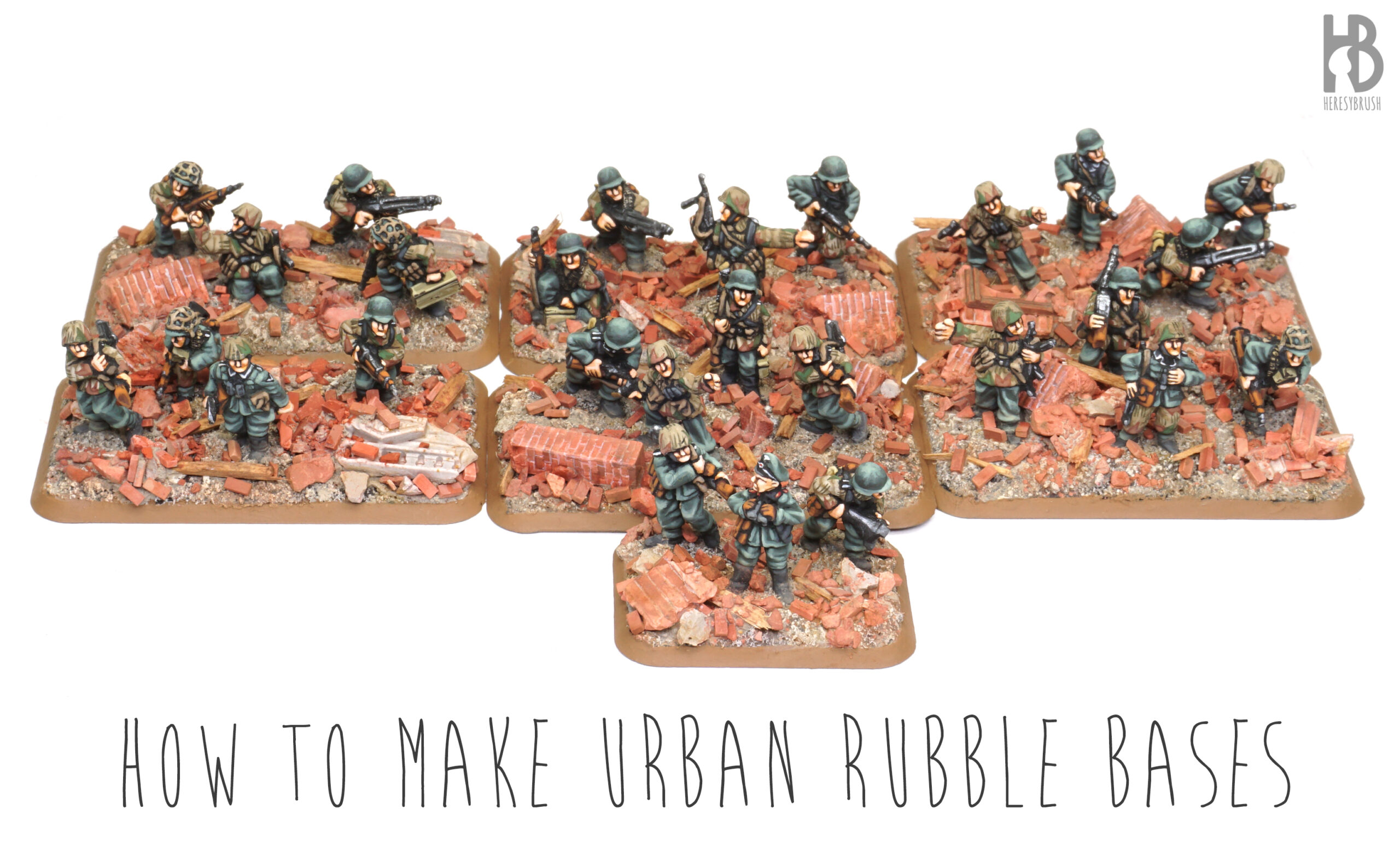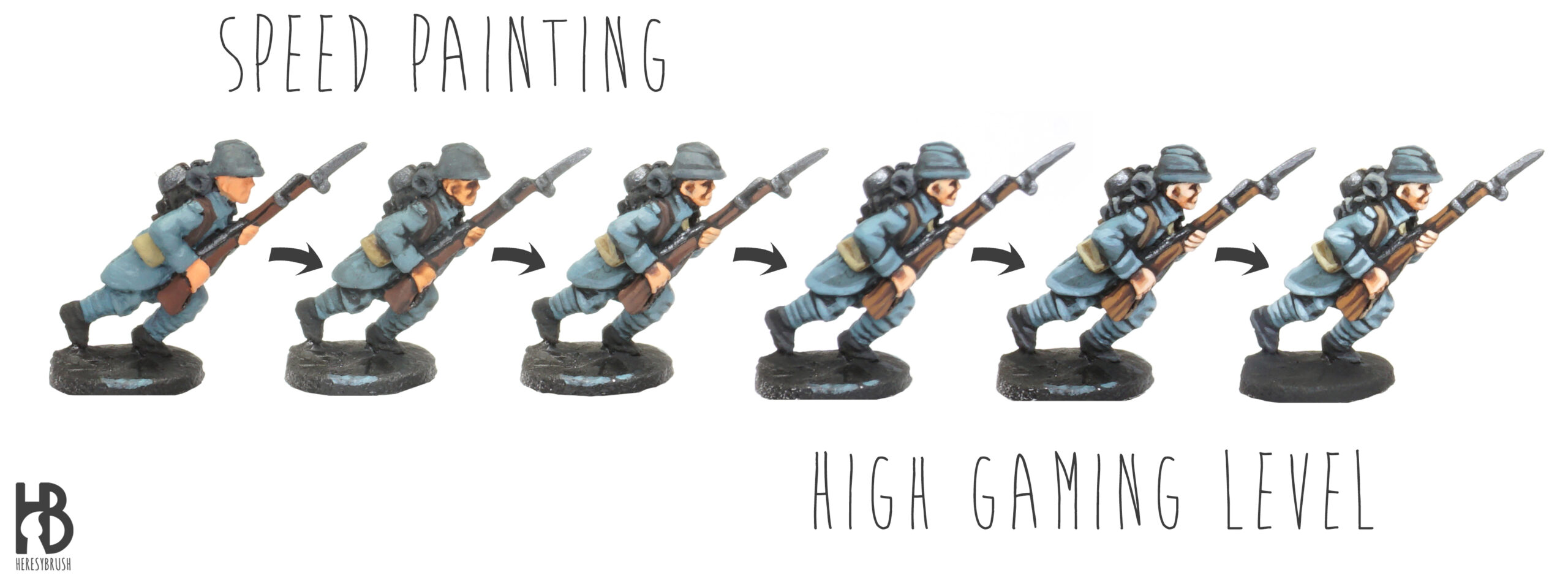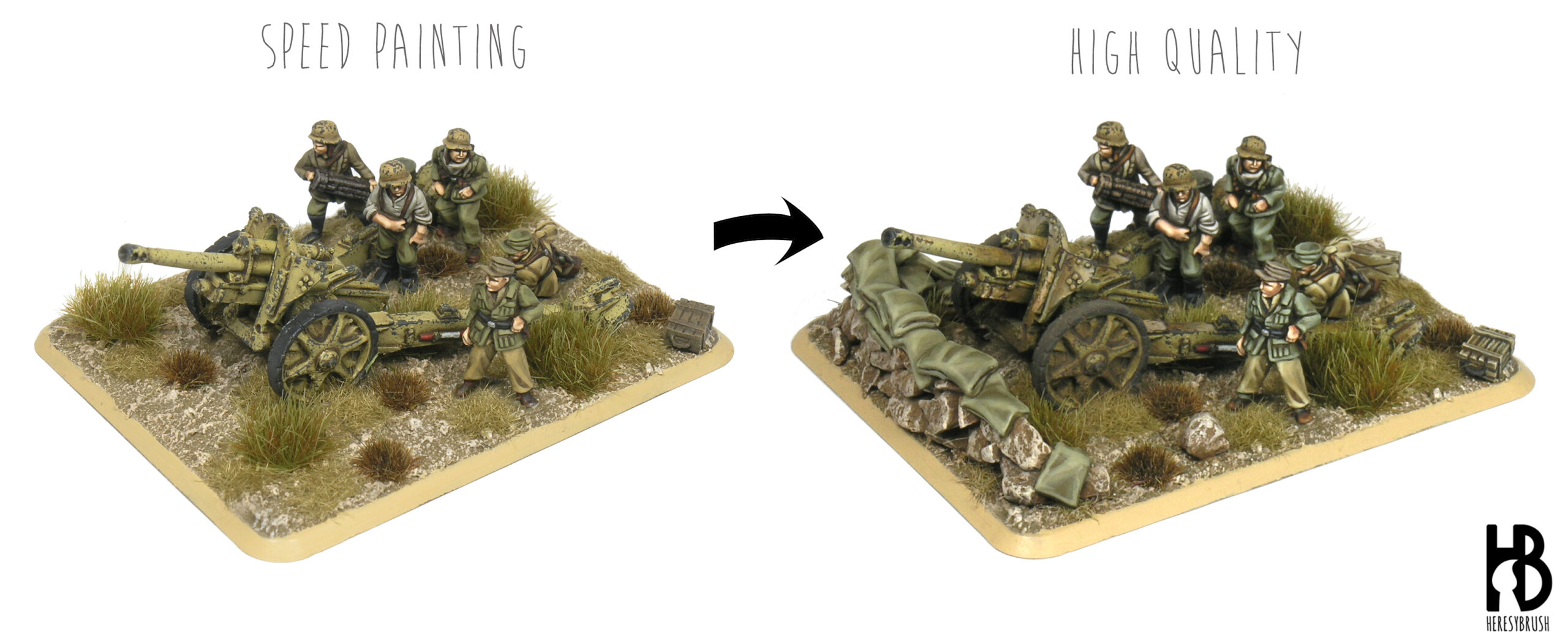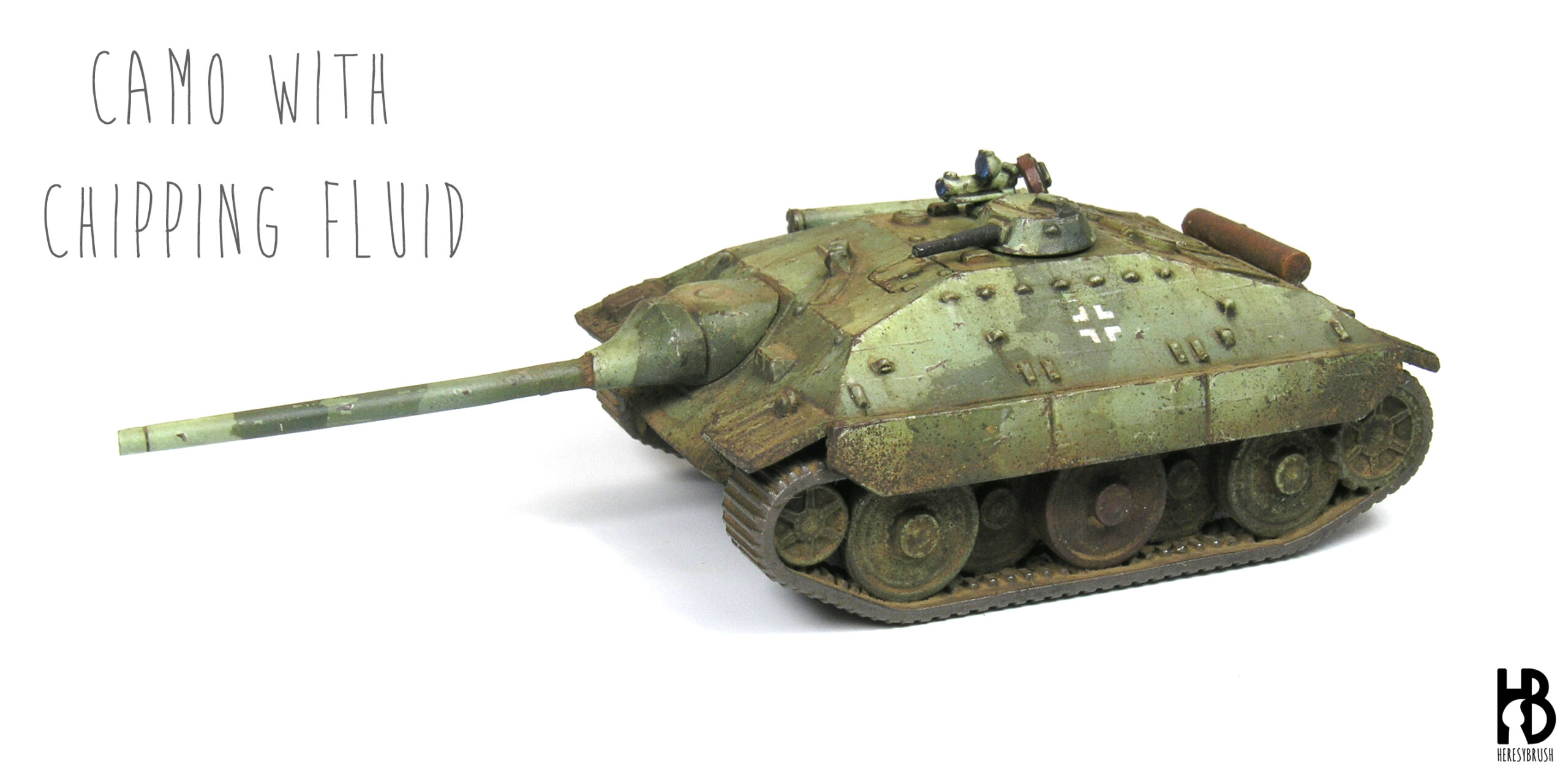In this tutorial, we will explore fast and simple techniques for painting 3D-printed houses made from filament, perfect for wargaming. Although we are going to paint a 15mm house for Flames of War, the same techniques can be applied to any theme and scale. The idea is to take advantage of colored primer cans for the base colors, and then create contrast using dry brushing and filters. Step 1 – Preparation Filament printers are an amazing tool for creating scenery elements for wargames with ease. However, the inevitable downside of this type of printing is the resulting linear texture. To…
How to paint tanks using the drybrush and oils
In this tutorial, we will explore techniques for enhancing a basic paint job using oil paints. Unlike acrylics, oil paints require an organic solvent like White Spirit or turpentine (which is toxic, such as Enamel Odourless Thinner A.MIG-2019) instead of water; and take hours to dry, as opposed to mere seconds with acrylics. However, this extended drying time lends oils the advantage of effortless blending, allowing for the creation of multiple effects. For instance, we can employ this property to generate shadows, thereby enhancing the sense of volume, or to simulate various weathering effects such as dirt or dust accumulation.…
How to create mud effects on 1/100 tanks
This article was originally published on the Battlefront website, here. This article is a follow-up of Painting WWI German AV7 tank: the art of enamel washes. As demonstrated recently in another tutorial on painting Painting WWI French Fusiliers: How to create mud bases, the idea is to create mud effects rather than simply painting them. While wargamers often resort to the dry-brush technique using acrylics to simulate mud, the results, while interesting, may lack the texture typically associated with this particular effect. To address this, we can turn to specialized products designed to achieve hyper-realistic mud effects. These products not…
Painting the WWI German AV7 tank: the art of enamel washes
This tutorial was originally published on the Battlefront website, here. Acrylic paints are the most popular choice for wargamers, and in most cases, the only option on the painting bench. This preference is quite logical, as acrylic paints are readily available, non-toxic, quick-drying, and overall user-friendly. However, if we take a closer look at what Scale Modelers do, we will discover that they employ a variety of paint types, including acrylics, lacquers, oils, enamels, and powder pigments. The distinct features of each type of paint can be utilized to perform specific steps or achieve particular effects. Therefore, having a understanding…
How to create mud bases
This article was originally published on the Battlefront website: here. As wargamers, we frequently opt to paint bases rather than create them. While it is true that we usually incorporate some form of texture, often achieved by adhering sand with glue, the subsequent step typically involves multiple layers of drybrushing painting. However, for the sake of achieving more authentic bases and scenery, it is advisable to create the texture entirely instead of relying on painting. A notable example is mud; painting mud effects can be quite challenging, while creating realistic mud effects becomes remarkably straightforward when employing the right tools…
PaintingWar: WWII British and Commonwealth armies
After 10 years since the publication of my very first painting book I am delighted to announce another PaintingWar (PW) publication, made possible by Miniaturama Publishing. This marks my third contribution to the PW series (with the previous two being WWII German army and Spanish Civil War), delving again into one of my favorite topics in historical wargaming: World War II. While my initial PaintingWar issue centered around the German army, this latest book shifts its focus to the British and Commonwealth armies. Using exclusively Warlord Games miniatures in 28mm, and similar to previous PaintingWar publications, this book is divided…
How to create urban rubble bases
In a couple of weeks, I will be attending the Flames of War National tournament in Finland (Talvisota 2024), for which I have spent the last few months assembling a new German army. Given that the theme of the army is Berlin, 1945, I wanted to craft something unique for the bases of the infantry and Flak 88 guns. In this tutorial, I will demonstrate how to create urban bases with debris in a straightforward, efficient, and effective manner. While this tutorial primarily targets 15mm miniatures (Battlefront), its principles are adaptable to other scales or projects with the simple adjustment…
Painting 15mm WWI French Fusiliers: Combining washes and layering
Wargamers frequently find themselves seeking a balance between painting and gaming, which often leads them to prefer fast painting techniques. These methods are typically straightforward and swift, and, importantly, highly effective. However, it is worth noting that the trade-off is often between speed and quality, with quality being inversely proportional to the time invested. In this tutorial, we will explore the fusion of a fast-painting technique that involves washes with a more sophisticated method by incorporating successive layers of highlights. To clarify, we will begin with the conventional ‘base + wash + highlight’ technique and progressively enhance our results…
Improving a 15mm paint job: guns and crew
Most popular painting techniques for wargames fall in the category of fast painting methods that aim for the so-called “tabletop quality”. The idea is to have ready a unit or an army as soon as possible, with each miniature painted with the right colors and a bit of contrast between shades and highlights. These quick methods are perfect for wargamers since they do not require much time, allowing the players to spend more time in the battlefield. But, sometimes we have some extra time that we can use to push forward the quality of our miniatures for wargames. I would…
Camouflages with Chipping Effects fluid (hairspray technique)
This article was published original on 4th of September of 2012. Updated on 4 of April of 2022. In this post we are going to see how to use a Chipping Effects fluid to create worn camouflages where the original base color is exposed. Basically, after painting the base color of the tank, the idea is to apply a thin layer of chipping fluid and on top of this the camouflage. After activating the chipping fluid with water, we will be able to remove small pieces of the camouflage paint applied on top. These Chipping Effects fluids replaces what classically is…

